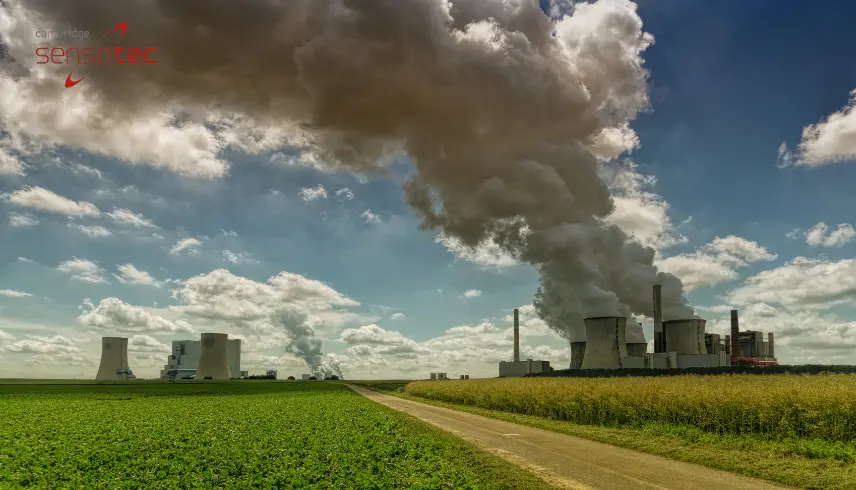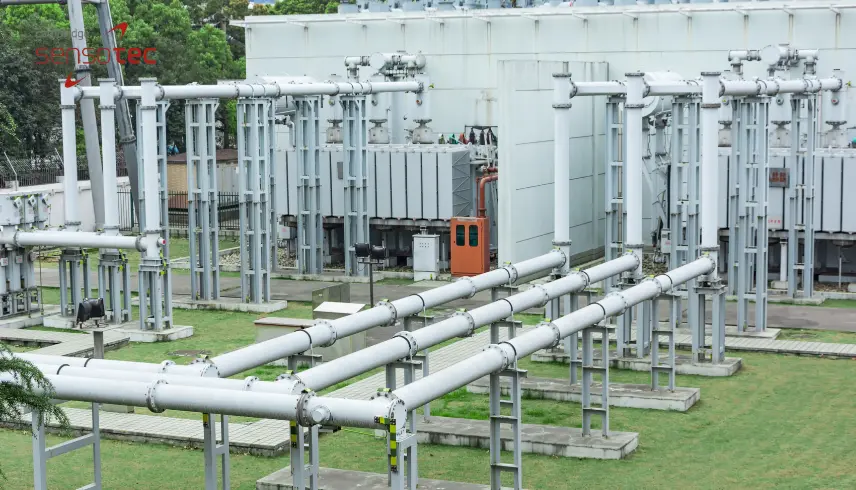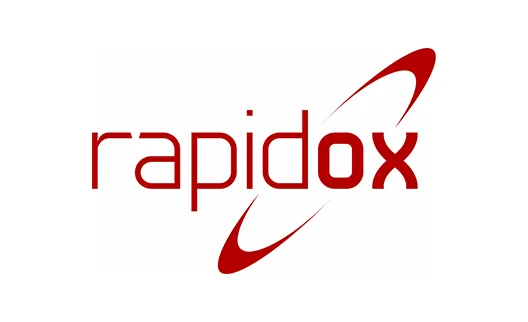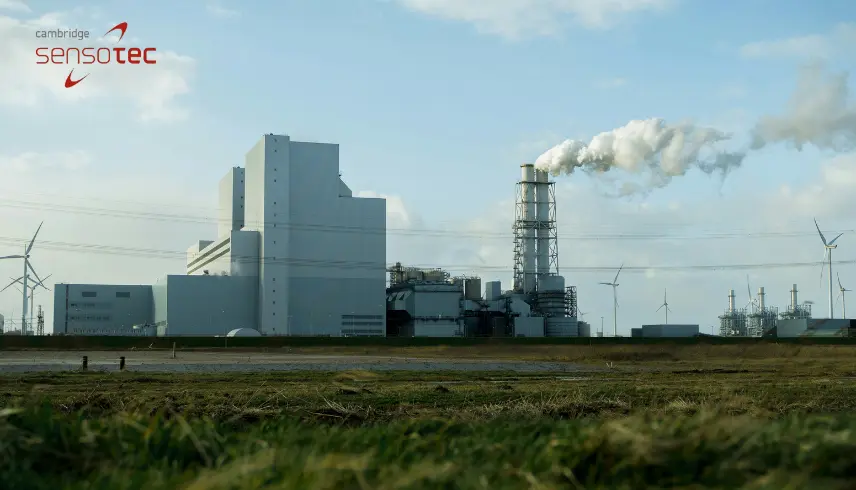

Global Trends in Sustainable Switchgear: Insights from Cambridge Sensotec
Introduction
As industries strive for a more sustainable future, the demand for eco-friendly technologies continues to grow. One area undergoing significant transformation is electrical switchgear, an essential component in power distribution networks. Traditionally, switchgear has relied on sulphur hexafluoride (SF₆), a greenhouse gas with an extremely high global warming potential. However, due to increasing environmental concerns and stringent regulations, the industry is shifting towards sustainable alternatives.
Cambridge Sensotec, a leader in gas analysis and monitoring solutions, is at the forefront of this transition. This article explores the global trends in sustainable switchgear, examining key innovations, market drivers, challenges, and Cambridge Sensotec’s role in supporting the industry’s evolution.
Understanding Sustainable Switchgear
Sustainable switchgear refers to electrical switching equipment designed with environmentally friendly materials and technologies. Unlike traditional systems that use SF₆ gas for insulation, sustainable alternatives rely on low-emission solutions such as AirPlus, g³, and Dry Air. These alternatives provide the same high voltage insulation performance while significantly reducing environmental impact.
As industries and governments move towards carbon neutrality, sustainable switchgear plays a crucial role in reducing greenhouse gas emissions, improving safety, and ensuring long-term compliance with evolving regulations.
Why Sustainability Matters in Switchgear?
The importance of sustainable switchgear extends beyond regulatory compliance. Traditional SF₆-based switchgear contributes heavily to global warming due to the gas’s high potency. Even small leaks can have long-term environmental consequences.
In response, businesses and power providers are investing in SF₆-free switchgear to align with sustainability goals. Not only do these alternatives help reduce emissions, but they also enhance safety and future-proof infrastructure against incoming regulatory changes.
Key Drivers Behind the Shift to Sustainable Switchgear
Regulatory Changes and Compliance
Governments worldwide are tightening restrictions on SF₆ emissions. In the European Union, updated F-Gas Regulations are pushing for a complete phase-out of SF₆ in new switchgear. Similar policies are emerging in North America and Asia, compelling manufacturers to develop alternative solutions that comply with stringent environmental standards.
Technological Innovations
Advancements in switchgear technology are driving the transition towards sustainability. Leading manufacturers have developed SF₆-free insulation solutions, including GE’s g³ gas, ABB’s AirPlus, and Dry Air-based systems.
Additionally, smart switchgear is revolutionising the industry by incorporating IoT and AI-powered real-time monitoring. These advancements improve operational efficiency, reduce maintenance costs, and extend the lifespan of electrical infrastructure.
Industry Demand and Market Growth
The shift towards sustainable switchgear is accelerating across industries, particularly in renewable energy, industrial facilities, and commercial buildings. As more organisations implement corporate sustainability initiatives, demand for eco-friendly electrical solutions continues to grow.
Utility providers are also taking significant steps to replace outdated SF₆-based switchgear, ensuring compliance with environmental targets while improving grid resilience.
Corporate Sustainability Goals and Net-Zero Targets
Many corporations have pledged to achieve net-zero emissions, making sustainable switchgear a strategic investment. Large energy firms and industrial sectors are transitioning to greener electrical infrastructure to reduce their carbon footprint and improve sustainability performance.
The Global Landscape of Sustainable Switchgear
Regional Developments in Sustainable Switchgear
Different regions are progressing at varying speeds in adopting SF₆-free switchgear.
In Europe, stringent regulations have positioned the region as a global leader in sustainable switchgear adoption. Countries such as Germany, France, and the UK are prioritising low-emission alternatives, with leading manufacturers spearheading innovation.
North America is also making significant progress, particularly in renewable energy projects. Government incentives and environmental policies are pushing utility companies to phase out SF₆ switchgear in favour of sustainable alternatives.
Meanwhile, in Asia-Pacific, rapid industrialisation and infrastructure expansion are creating a strong demand for eco-friendly electrical solutions. China and Japan, in particular, are investing heavily in green energy grids, driving increased adoption of sustainable switchgear.
Emerging markets present both challenges and opportunities. While many developing nations still rely on cost-effective traditional switchgear, international sustainability initiatives and investments are helping accelerate the transition to greener technologies.
Key Players and Market Innovations
Several industry leaders are at the forefront of the SF₆-free switchgear movement. Companies like ABB, GE, and Schneider Electric are continuously developing new insulation technologies and digital monitoring solutions to enhance energy efficiency and reduce environmental impact.
Innovations such as modular switchgear designs and self-contained gas-free solutions are improving performance while lowering operational risks. As demand increases, the market is expected to see further advancements in insulation materials and smart grid integration.
Challenges and Barriers to Adoption
- Cost Considerations and Investment Hurdles: Despite the clear benefits, cost remains a significant barrier to the widespread adoption of sustainable switchgear. The initial investment for SF₆-free alternatives can be higher than traditional switchgear. However, these costs are often offset by long-term savings in maintenance, energy efficiency, and regulatory compliance.
- Infrastructure and Retrofitting Challenges: Replacing existing SF₆-based switchgear requires substantial infrastructure upgrades. Many power networks were designed around SF₆ technology, making retrofitting a complex process. Businesses must assess whether they can integrate new SF₆-free solutions without disrupting operations.
- Technical Performance and Supply Chain Limitations: Some businesses have expressed concerns over whether SF₆-free switchgear matches the reliability of traditional systems. However, extensive testing and field deployment have shown that these technologies offer comparable, if not superior, performance.
Another challenge lies in material availability. As demand for sustainable insulation gases grows, manufacturers must ensure a stable supply chain to meet market needs.
Future Outlook: The Next Phase of Sustainable Switchgear
Advancements in Green Gas Technologies
The next phase of sustainable switchgear development will focus on refining SF₆-free gases. Researchers are exploring new low-carbon insulation solutions that further enhance efficiency and environmental safety.
Integration with Smart Grids and AI
As power grids become more digital, sustainable switchgear will play a vital role in smart grid development. AI-powered predictive maintenance and real-time monitoring will enhance grid stability, reducing unplanned outages and extending equipment lifespan.
Policy Trends and Future Regulations
Stricter global regulations are expected to drive the full phase-out of SF₆ switchgear within the next decade. Governments may introduce further financial incentives for businesses that adopt sustainable electrical solutions, accelerating the transition.
Cambridge Sensotec’s Role in Sustainable Switchgear
Commitment to Innovation and Sustainability
Cambridge Sensotec is committed to helping industries transition to sustainable switchgear by providing high-precision gas analysis solutions. Their advanced monitoring systems ensure that SF₆-free switchgear operates efficiently and safely, supporting businesses in achieving regulatory compliance and environmental goals.
Gas Analysis and Monitoring Solutions
Accurate gas analysis is crucial for maintaining SF₆-free switchgear performance. Cambridge Sensotec provides cutting-edge gas detection technology that helps companies monitor insulation integrity, detect leaks, and optimise maintenance schedules.
Industry Collaborations and Expertise
Working closely with leading switchgear manufacturers, Cambridge Sensotec contributes expertise in gas detection and analysis, supporting the industry’s transition to sustainable energy solutions. By offering innovative monitoring tools, the company helps businesses navigate the challenges of adopting SF₆-free switchgear with confidence.
Summary
The transition to sustainable switchgear is gaining momentum globally, driven by technological advancements, regulatory changes, and corporate sustainability commitments. While challenges such as cost and infrastructure retrofitting remain, the long-term benefits of SF₆-free switchgear far outweigh the barriers.
Cambridge Sensotec is playing a key role in this shift, providing advanced gas analysis solutions that enable businesses to embrace sustainable switchgear with confidence. As the industry continues to evolve, those who invest in green switchgear solutions today will be well-positioned for a future of sustainable energy distribution.
Keen to learn more? Get in touch with our team today to learn more about our industry-leading solutions!


